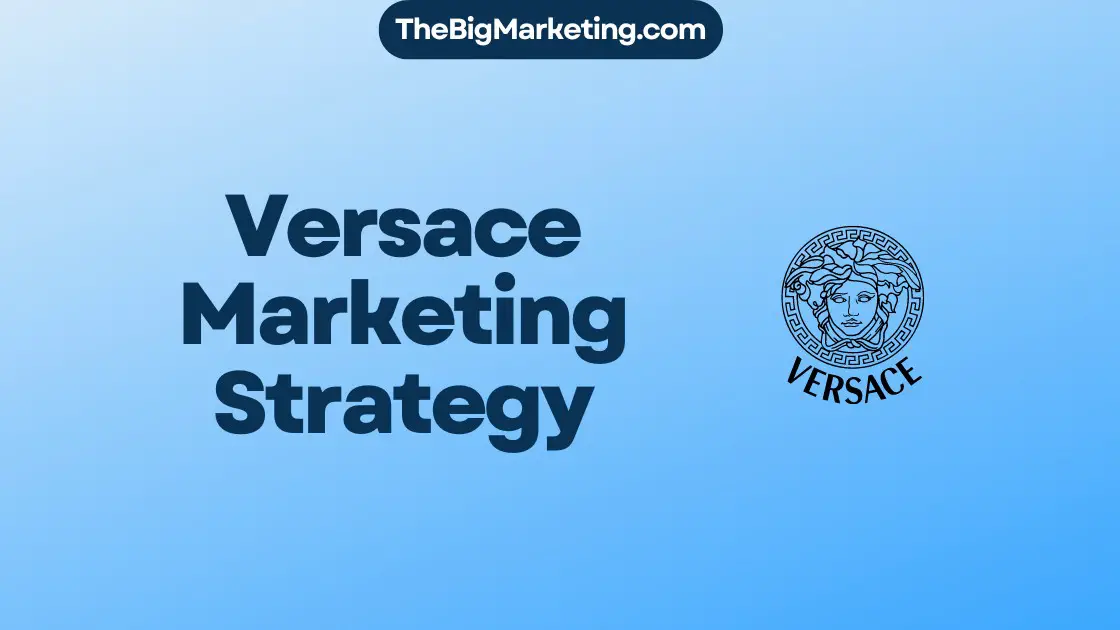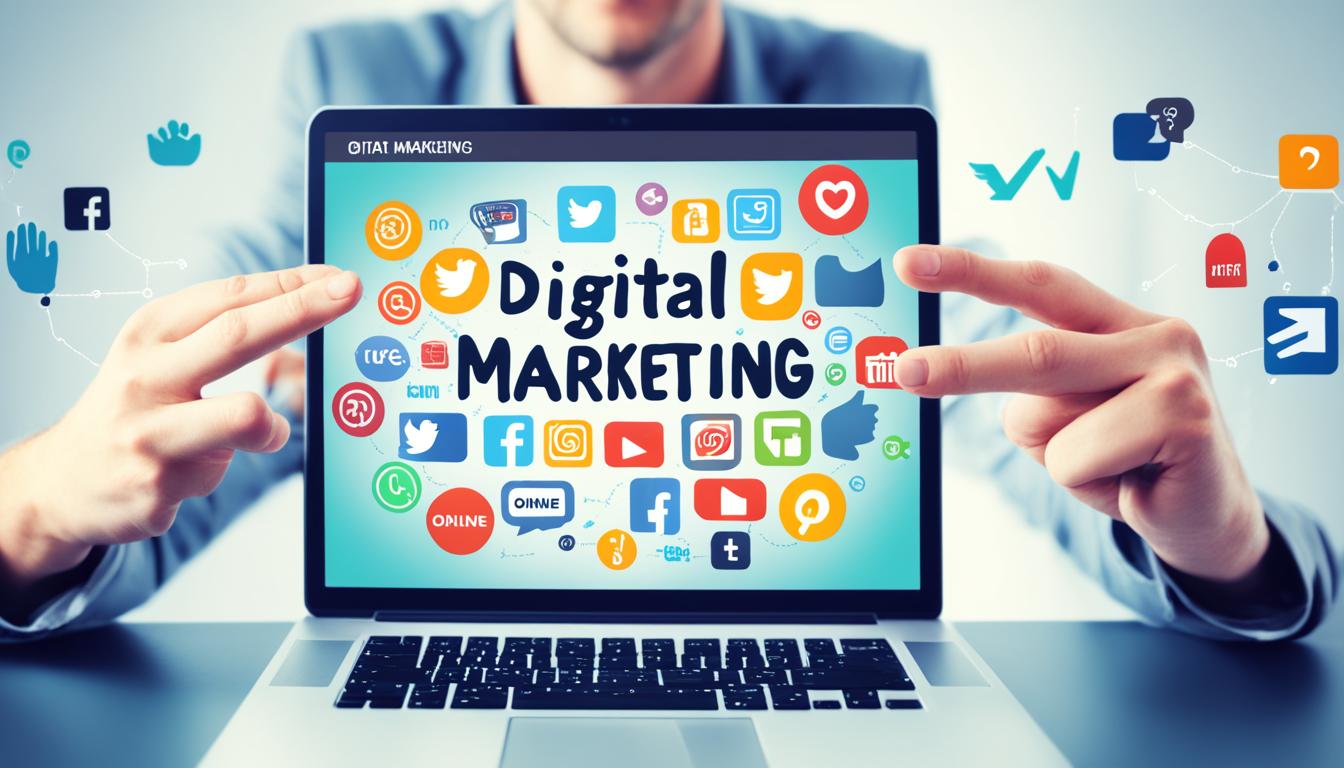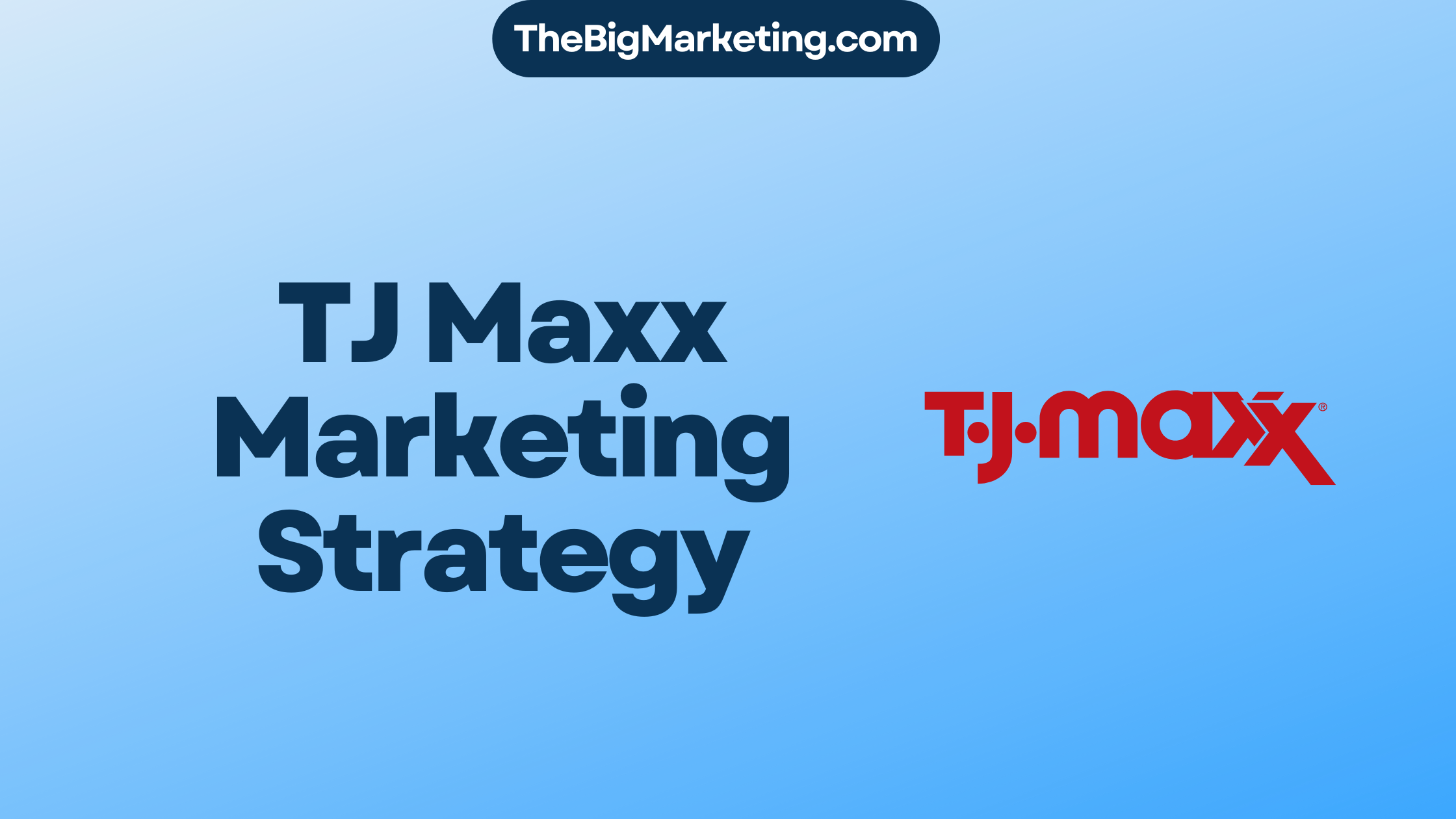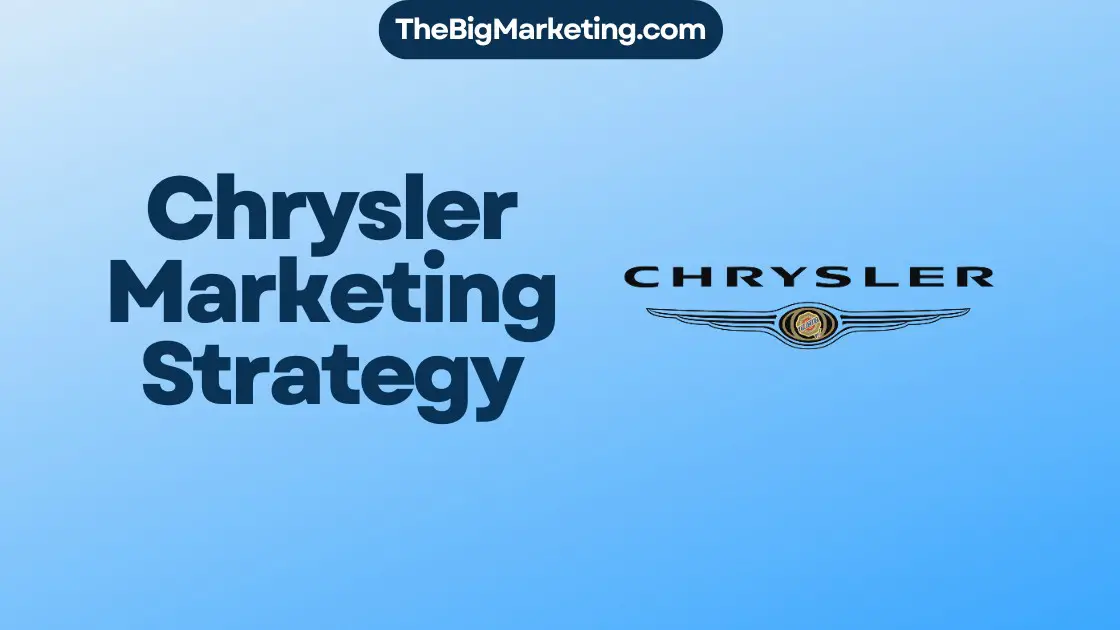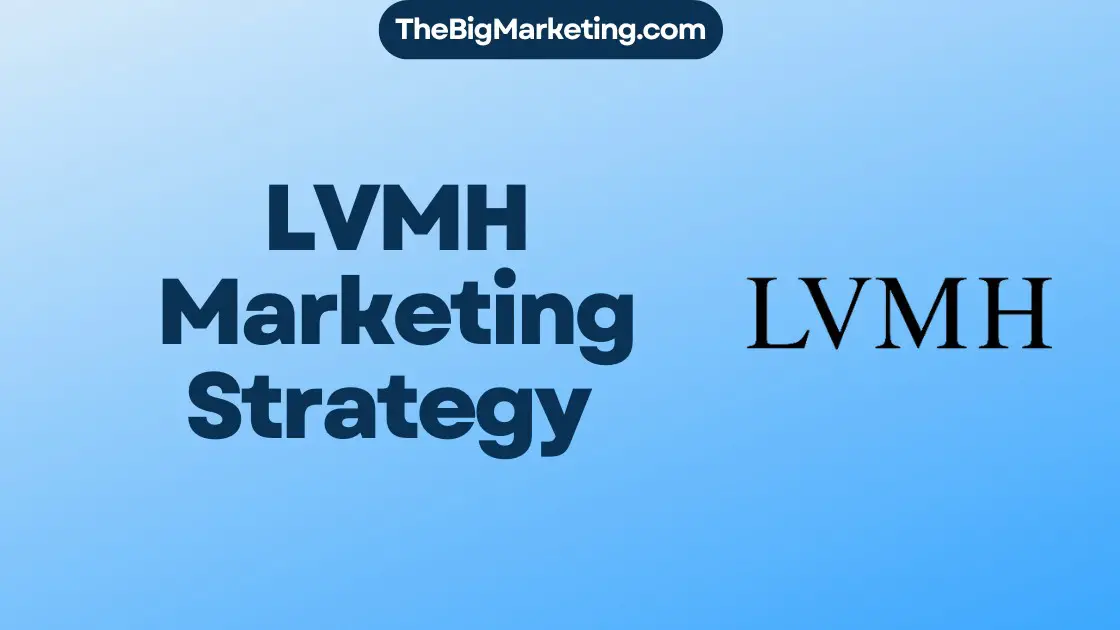Stealth marketing, also known as covert marketing, uses subtle ways to advertise. This powerful method includes guerilla marketing techniques, discreet ad campaigns, and hidden promotions. It helps brands create a buzz and build awareness without a direct ad pitch to the audience.
It’s tough for brands to stand out today. Traditional ads often get lost or ignored. That’s where stealth marketing comes in. It grabs customers’ attention in surprising ways. This makes customers more open to the brand and can lead to more sales.
For a successful stealth marketing plan, knowing your audience is key. This lets brands tailor their strategies to match customer interests. Then, thinking outside the box is vital for setting a brand apart. Using social media can also help brands reach more people and spread their message.
Stealth marketing has its upsides like being cost-effective and spreading fast. However, it also faces ethical issues. Brands must find a balance between being innovative and transparent. This ensures they follow rules and don’t mislead consumers.
Key Takeaways:
- Stealth marketing allows brands to promote their products or services in a subtle and creative way.
- Defining the target audience and getting creative are crucial steps in implementing a successful stealth marketing strategy.
- Leveraging social media helps in reaching a wider audience and creating shareable content.
- Stealth marketing is cost-effective compared to traditional advertising methods.
- Brands should ensure their stealth marketing initiatives comply with ethical guidelines to avoid potential reputational harm.
What is Stealth Marketing?
Stealth marketing, or buzz marketing, is a unique way to advertise. It introduces products or services without people knowing. This method sparks curiosity and excitement about a brand. It gets consumers ready for more direct ads later on.
One popular technique is product placement. Here, a brand’s item is woven into movies or TV shows. It blends into the story, seeming natural, not like a typical ad.
Another tactic is undercover marketing. Brands use actors or influencers to secretly promote something. They might use social media, interactive events, or just talk about the product. This builds interest and curiosity quietly.
With stealth marketing, companies create buzz while staying under the radar. It’s a clever way to catch attention and leave a lasting impact. People get introduced to the brand without feeling like they’re being sold to directly. This makes them more open to what the brand offers down the line.
Should Brands Use Stealth Marketing?
Is it smart for brands to use stealth marketing strategies? This decision might depend on how okay they are with taking risks and what they want their brand to look like. Stealth marketing can help create excitement and make more people know about the brand. But, it also brings up issues about whether it’s right or wrong and worries about sneaky ad techniques.
Some people think stealth marketing isn’t fair because it might trick consumers. They feel it hides the truth and influences what people buy by mixing real content with paid ads. However, others argue that if done right, stealth marketing can be a cool and fresh way to reach out to people. It lets brands blend in with what consumers are already seeing and feeling, catching their interest in a new way. This method makes the brand more immersive and fun.
Companies interested in stealth marketing need to find the right balance between being creative and being ethical. Following rules helps make sure that brands don’t end up misleading consumers while still being clear about their intentions. With good storytelling and real engagement, brands can earn trust and build strong relationships with their audience.
In the end, whether to use stealth marketing or not is each brand’s choice. They must think about possible ethical issues and be honest, creative, and respectful when planning their marketing strategies.
| Pros | Cons |
|---|---|
| Creates buzz and brand awareness | Potential ethical concerns |
| Opportunity for creative and innovative marketing | Deceptive advertising accusations |
| Seamlessly integrates into the consumer’s environment | Possible damage to brand reputation if campaign backfires |
| Engages audiences with immersive brand experiences | Potential legal challenges |
Advantages of Stealth Marketing
Stealth marketing has many benefits, making it a cost-effective way to spread brand awareness. It uses personal endorsements from influencers and celebrities. This method relies on social proof to build trust and credibility. When famous people subtly support a product, it creates excitement and curiosity. This leads to consumers spreading the word on their own. Such word-of-mouth marketing can quickly increase a brand’s visibility.
Stealth marketing is more cost-effective than traditional ads. Brands use creative tactics to generate buzz without spending a lot on ads. This method allows companies to use their resources wisely. They focus on targeted actions that could go viral, making a big impact.
Another plus is that it builds product interest before it even launches. Creating buzz ahead of time helps build anticipation and excitement. This early interest can attract a strong customer base from the beginning. This gives brands an early advantage in the market.
Yet, it’s vital for brands to know the risks of stealth marketing. It can be efficient, but it must be done ethically and within legal limits. Being transparent and honest is key to keep consumer trust and avoid legal issues.
The benefits of stealth marketing include effective use of endorsements, being cost-effective, and quick spread by word-of-mouth. When done with integrity, it can boost brand buzz, build a loyal customer base, and achieve marketing goals.
Disadvantages of Stealth Marketing
Stealth marketing can create buzz and improve brand awareness. However, it’s not free from drawbacks. Marketers should think about the possible risks before starting a stealth marketing campaign.
Legal Risks
One big worry with stealth marketing is facing legal issues. Using hidden tactics or tricky ads can lead to legal problems. Marketers could face penalties, fines, or lawsuits if their campaigns are deceptive. It’s key for them to make sure their stealth marketing follows the law.
Brand Reputation
A stealth marketing campaign gone wrong can hurt a brand’s reputation. Customers might feel tricked or played with. Negative comments and backlash can spread fast, hurting the brand’s image. This can harm customer relationships in the long run.
Consider Abercrombie & Fitch’s controversial marketing. They used sexualized images and were accused of being exclusionary. This damaged their reputation and led to falling sales.
Brands must be honest in their marketing to keep a good reputation. Trust from the audience is crucial for lasting relationships.
Online Flaming
Stealth marketing can cause online flaming. This is when customers get very upset online because they felt deceived. In today’s social media world, unhappy customers can share their anger widely. This can make a negative reaction even worse for a brand’s reputation.
Brands should be ready to quickly face any negative comments. They need to handle these situations well to engage with customers and find solutions.
| Disadvantages of Stealth Marketing | Solutions |
|---|---|
| Legal Risks | Ensure compliance with regulations and seek legal advice. |
| Brand Reputation | Be transparent, honest, and responsive to customer concerns. |
| Online Flaming | Address negative feedback promptly and effectively. |
Examples of Stealth Marketing in Action
Stealth marketing uses different strategies to create buzz and promote products or services. It lets brands connect with people without them realizing it. Here are some interesting examples of how stealth marketing works:
Fake Controversy
One prime example is Starbucks’ Christmas cup design. The design sparked debates online, creating a lot of attention. This approach boosted Starbucks’ visibility and attracted more customers.
Strategic Product Placement
Placing products in movies and TV shows is another stealth marketing strategy. In “Cast Away,” Tom Hanks becomes attached to FedEx packages. This highlights FedEx’s reliability and widespread service. Similarly, “Back to the Future” subtly showed Pepsi products, linking the brand with a futuristic image.
Covert Agents
Covert agents help promote products subtly. They could be tourists, random people, or influencers who naturally talk about the brand. By fitting the product into everyday life, these agents make the brand seem more authentic and relatable. This increases the chances that people will engage with it.
The tactics of fake controversy, strategic product placement, and covert agents show stealth marketing’s power. It helps brands connect with people in a unique and creative way. With surprise and clever integration into media, stealth marketing leaves a strong impression on consumers and boosts brand recognition.
Define Your Target Audience
To start a stealth marketing strategy, first know who you’re talking to. Get what makes your target audience tick – their demographics, interests, and what they like. This lets you craft your plan so it truly connects and gets their attention. Knowing who your audience is lets you personalize your stealth marketing, making sure it hits home with the right folks.
Think about your audience’s age, gender, where they live, how much they earn, and their lifestyle. Use market research, sift through consumer data, and listen to what customers say. This gives you a full picture of who they are. With this info, you can make messages that speak right to them, grabbing their interest.
If your product is a fitness app for millennials, focus your secret marketing on social media sites like Instagram and Snapchat. This age group spends lots of time there. Use influencers that match your brand and speak to your audience to build real bonds and spark interest in what you’re selling.
Knowing who you’re marketing to is key for a successful stealth campaign. It lets you shape your message, pick the best places to share it, and make a big splash with your marketing. By understanding what your audience likes and needs, your approach will work and reach the right people.
| Benefits of Defining Your Target Audience |
|---|
| 1. Increased Relevance: Tailor your messages to resonate with the specific needs and interests of your target audience. |
| 2. Efficient Resource Allocation: Concentrate your marketing efforts on channels and tactics that are most likely to reach your target audience. |
| 3. Enhanced Engagement: Connect with your target audience on a deeper level by delivering messages that speak directly to their pain points and aspirations. |
| 4. Higher Conversion Rates: By targeting the right audience, you increase the likelihood of attracting qualified leads and driving conversions. |
| 5. Competitive Advantage: Understanding your target audience gives you an edge over competitors who may have a less defined or generic approach. |
Key Steps for Defining Your Target Audience
- Conduct market research to gather data on demographics, preferences, and behaviors.
- Segment your audience based on common characteristics and needs.
- Create buyer personas that represent different segments of your target audience.
- Analyze customer data and feedback to gain insights into their motivations and pain points.
- Stay updated with industry trends and changes in consumer behavior that may impact your target audience.
Get Creative
Stealth marketing needs creativity and outside-the-box thinking. Brands should not just use old ways of advertising. They need to find unique and unconventional methods to show off their products or services. With creative thinking, brands grab attention and spark curiosity.
Flash mobs are a creative way to do stealth marketing. It’s when a bunch of people suddenly perform together in public. This unexpected act grabs people’s attention. It makes them want to learn more about the brand.
Making videos or photos that people want to share is another smart move. Brands can make content that’s not only beautiful but also tells a story or touches emotions. When content is engaging and people share it, it spreads fast online. This creates a buzz and helps the brand reach more people.
Another creative strategy is sponsoring events. By joining with events or groups that fit, brands can offer unique experiences. They can show off their products or services without making it too obvious. This builds a natural and lasting connection with their audience.
Being creative in stealth marketing makes sure a brand’s message is memorable and impacts the audience. It builds a strong and positive brand image. This kind of marketing speaks to people in a unique way.
Leverage Social Media
Social media is crucial in stealth marketing. It lets brands make exciting content that spreads fast on social networks. This content can generate buzz and reach lots of people.
Using social channels, brands can use viral marketing. Their messages can reach far beyond their usual audience. This makes their content spread like waves, increasing visibility.
It’s important for brands to get consumers to share their content. They can make their posts easy to share. They can use interactive parts, stories, or funny visuals that speak to their audience.
To make stealth marketing work, measuring its success on social media is key. Brands can use analytics to see how many people engage with their content. This helps them understand what works and how far their message goes.
| Benefits of leveraging social media for stealth marketing |
|---|
| 1. Increased reach and visibility |
| 2. Enhanced brand awareness |
| 3. Potential for viral marketing |
| 4. Cost-effective compared to traditional advertising |
| 5. Targeted audience engagement |
In short, social media is a powerful tool for stealth marketing. By creating content that people want to share, brands can reach more people. Using analytics helps them see the success of their campaigns and plan better ones in the future.
Conclusion
Stealth marketing uses a subtle approach and can be very effective. It creates buzz and builds trust with customers. This boosts brand awareness and loyalty.
It’s a cost-effective strategy. It spreads its message through word-of-mouth. This approach depends on personal endorsements and creates excitement.
But, there are risks. Unethical tactics can lead to legal trouble. A failed campaign or deceit can hurt a brand’s image. So, planning and ethical implementation are key.
When done right, stealth marketing is a great tool. It can give brands an edge and lead to success. Brands that master stealth marketing can stand out from the competition.

